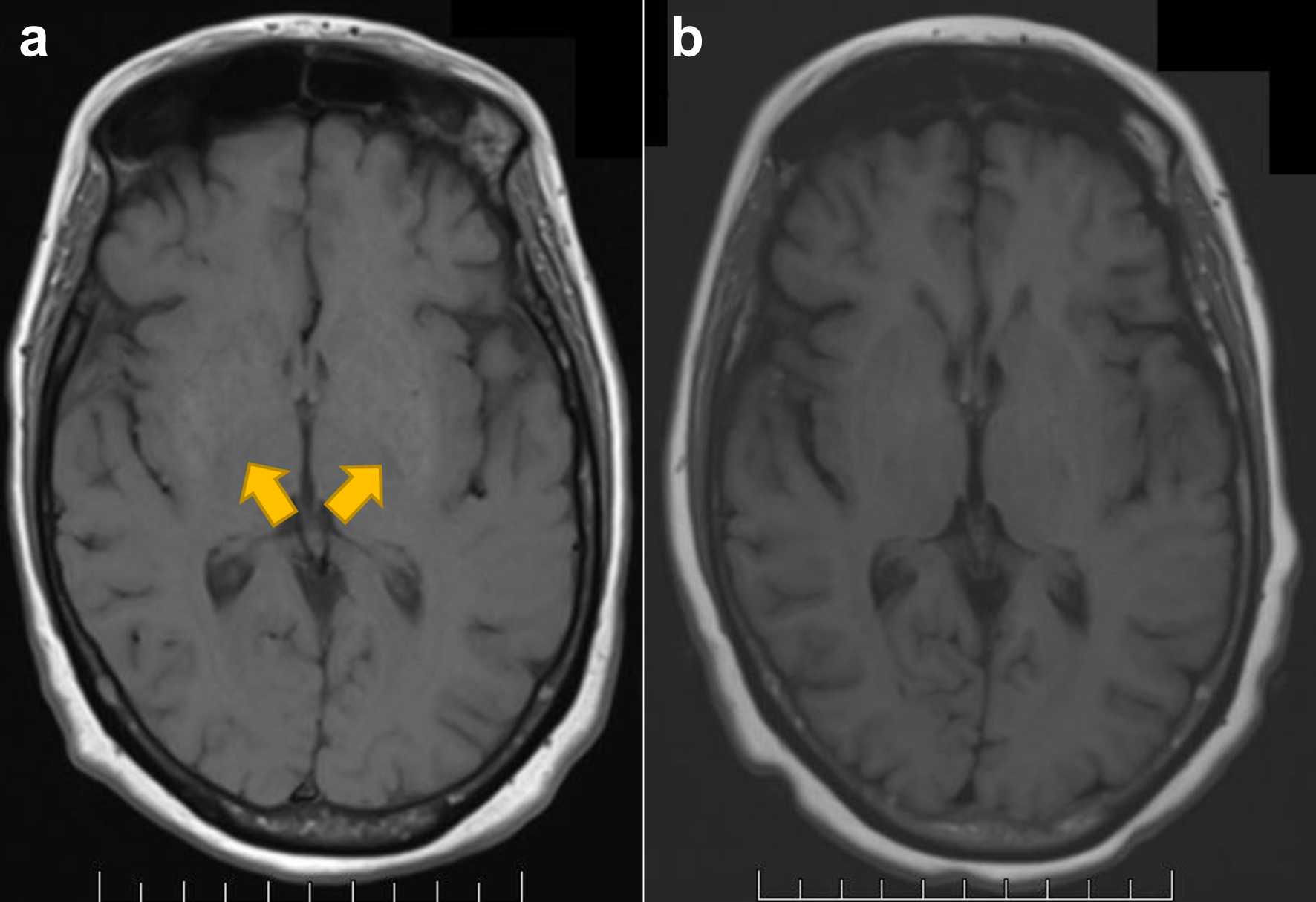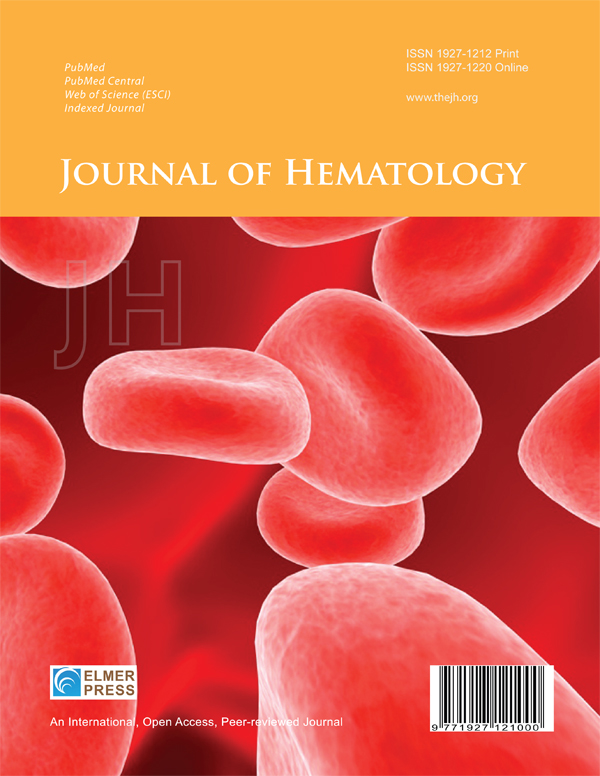Ruxolitinib Is an Effective Therapy for Ciltacabtagene Autoleucel-Associated Parkinsonism in Multiple Myeloma
DOI:
https://doi.org/10.14740/jh2046Keywords:
Parkinsonism, CAR T-cell therapy, Cilta-cel, Multiple myeloma, RuxolitinibAbstract
After ciltacabtagene autoleucel (cilta-cel) in multiple myeloma, 5% of patients can develop parkinsonism, with a high fatality rate. The pathogenesis and optimal therapy of parkinsonism from B-cell maturation antigen chimeric antigen receptor T-cell (CAR T-cell) therapy are unknown. Parkinson’s disease occurs from the loss of dopaminergic neurons in the substantia nigra. However, in cilta-cel-associated parkinsonism, dopamine transporter imaging is normal, rendering traditional agents such as carbidopa/levodopa ineffective. Thus, the pathogenesis of cilta-cel-associated parkinsonism and Parkinson’s disease is distinct. As CAR T-cell therapy for multiple myeloma is expanding and moving to earlier lines, the need to optimize therapy for parkinsonism, a potentially life-threatening complication, becomes more urgent. This report presents the first documented cases of two patients with immune effector cell-associated hemophagocytic lymphohistiocytosis-like syndrome and cilta-cel-associated parkinsonism, effectively treated with ruxolitinib.

Published
Issue
Section
License
Copyright (c) 2025 The authors

This work is licensed under a Creative Commons Attribution-NonCommercial 4.0 International License.









